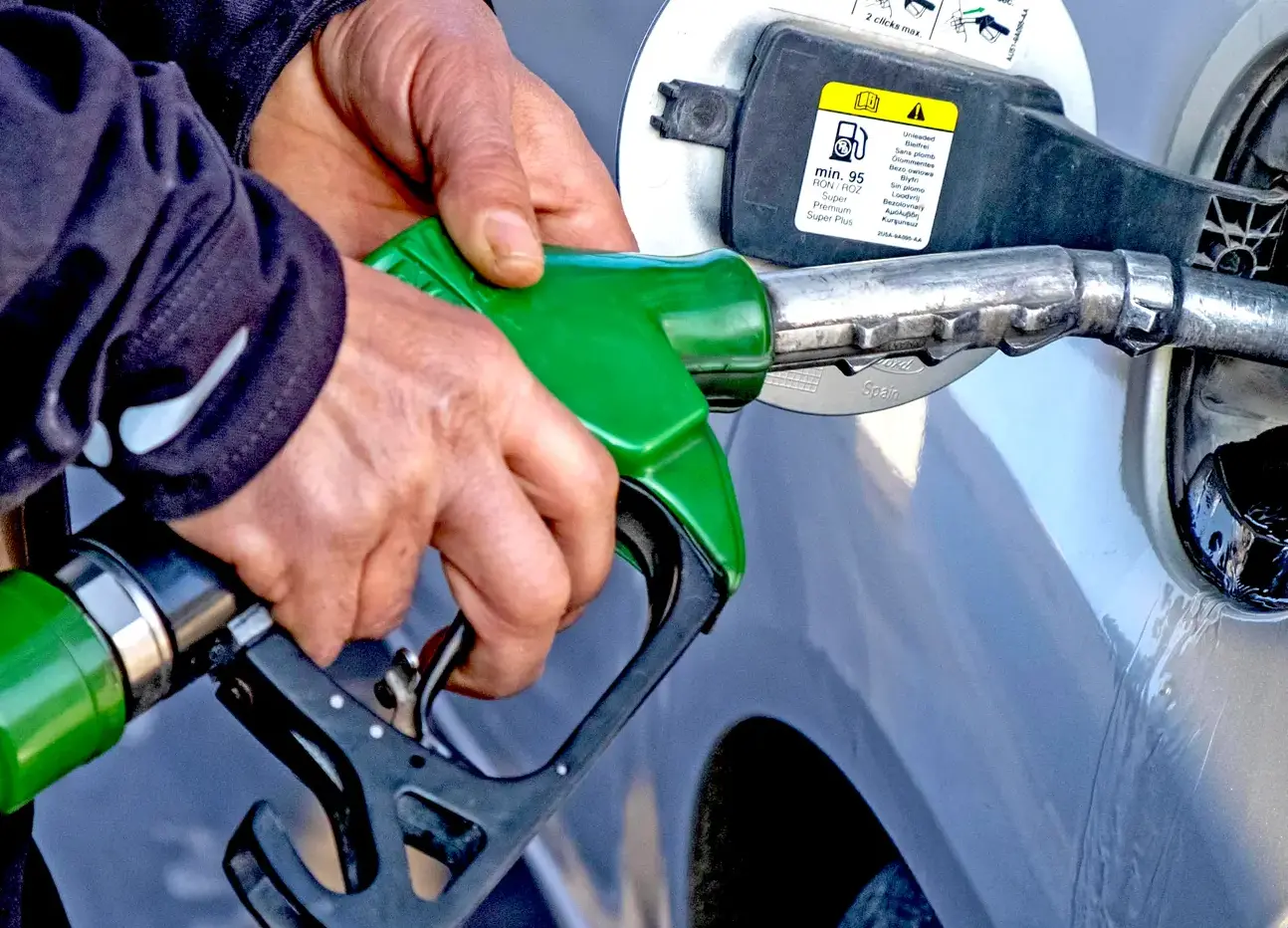Marrakech – Morocco’s Competition Council has unveiled its long-awaited report on the net margins of petroleum distributors, revealing that the fuel market generated a cumulative net profit of nearly MAD 2.3 billion ($230 million) in 2024, with an overall turnover of approximately MAD 77.9 billion ($7.79 billion).
The report, made public on Thursday, shows that the average net margin per liter of fuel sold in 2024 reached 43 centimes for diesel and about 61 centimes for gasoline.
This represents an average net margin rate of 2.9% across the market, significantly higher than the 1% average observed during the 2022-2024 period, which amounted to 16 centimes per liter for diesel and 31 centimes for gasoline.
Despite this improvement, the 2024 market net margin rate (2.9%) remains below levels reached in 2019 (3.1%), 2020 (3.1%), and 2021 (3.4%). The Council noted that this recovery follows an exceptional period in 2022-2023 characterized by deteriorating financial performance for almost all companies in the sector.
“In 2022, inflation and high volatility in fuel prices on the international market reduced operators’ profit margins to a net margin rate of 0.6%,” the Competition Council explained.
“In 2023, the net results of the companies were impacted by fines imposed by the Council as part of settlement agreements, which further weighed on their results, bringing the net margin rate to -0.5%.”
Silent shift underway as newcomers gradually chip away at established oligopoly
The Council’s structural analysis shows that while nine major companies – including Afriquia SMDC, Vivo Energy, and TotalEnergies Marketing – maintain their dominance, their market share has declined from 89% in 2023 to 84% in 2024.
This shift has benefited newer entrants like BGN Energy Maroc, BB Energy, and Apollo Petroleum, signaling a gradual erosion of the established oligopoly.
The transformation extends beyond margins to storage capacity and distribution network expansion. The national declared storage capacity reached 1.15 million tons by the end of 2024, marking a 7.4% increase compared to 2023.
The distribution network expanded to 3,534 service stations, with 72% still controlled by the nine major operators. Sales volumes jumped by 3% to reach 7.3 billion liters, reflecting the impact of sales volume rather than prices on the sector’s aggregated financial performance.
First quarter 2025 trends confirm disparities
Preliminary results for the first quarter of 2025 confirm ongoing market disparities, with the average gross commercial margin reaching MAD 1.24 per liter for diesel and MAD 1.95 per liter for gasoline, with peaks of up to MAD 2.11 per liter.
Despite slight decreases in international prices, selling prices applied by distributors to partner gas stations remain high, widening the gap with tax-free purchase costs.
The report also notes that gasoline imports from the nine distribution companies reached 163,000 tons during the first quarter of 2025, a 31% increase compared to the previous year.
The value of these imports rose by 15%, from MAD 1.117 billion ($111.7 million) during the first quarter of 2024 to approximately MAD 1.285 billion ($128.5 million) in 2025.
These companies maintained their grip on the market, accounting for approximately 82% of both the volume and value of market imports during the first quarter of 2025. Their import volume grew by 4% during this period, rising from 1.28 million tons in 2024 to about 1.33 million tons in 2025.
Financial performance reveals sector’s profitability
The strong financial performance of 2024 is evident in the 30% return on capital employed (ROCE) and 29% return on equity (ROE) across the sector. However, these figures must be interpreted considering significant variations among operators.
Some companies that were previously among the most generous in profit distribution suspended these distributions in 2024, leading to a decline in the average dividend distribution rate to 41% (compared to 87% during the 2018-2021 period).
A longitudinal study revealed a decline in profitability over the medium term. When comparing the periods between 2018-2021 and 2022-2024, the average profit margin decreased by half (from 3.7% to 1.8%), despite investment levels remaining stable at around MAD 1.3 billion ($130 million) annually.
The report stresses that the good performance recorded in 2024 is not sufficient to revive a sustainable, long-term dynamic.
Tax revenues show structural importance of sector
Tax revenues from diesel and gasoline imports reached approximately MAD 6.86 billion ($686 million) during the first quarter of 2025, compared to MAD 6.45 billion ($645 million) collected during the same period last year, representing an increase of over 6.4%.
This rise is attributed to growing revenues from domestic consumption tax due to increased fuel import volumes (up 10%).
Domestic consumption tax revenues amounted to MAD 5.13 billion ($513 million) (75% of total tax revenues), recording annual growth of 10.3% (a difference of MAD 480 million ($48 million)).
Value-added tax revenues on imports declined by 4% to nearly MAD 1.73 billion ($173 million), representing 25% of total tax revenues on imports for these two fuels.
Analysis by fuel type shows that 83% of total tax revenues during the first quarter of 2025 came from diesel imports, equivalent to MAD 5.7 billion ($570 million). Revenues from gasoline imports represented MAD 1.16 billion ($116 million), or 17% of total revenues for this period.
This report is part of the country’s national capital market watchdog’s ongoing quarterly monitoring of wholesale diesel and gasoline distribution companies’ commitments, based on settlement agreements concluded with the Competition Council.
